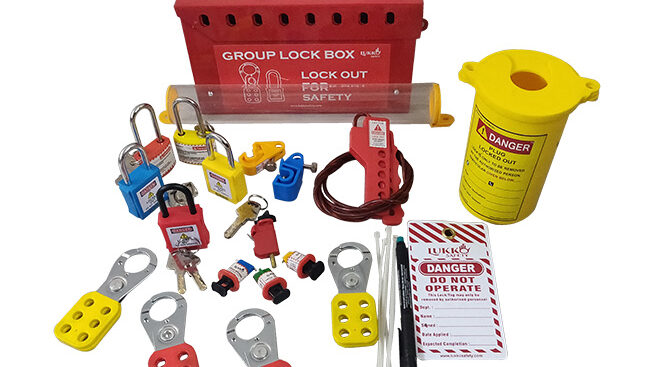Lockout tagout procedures are critical for ensuring workplace safety. However, implementing lockout tagout procedures can be challenging, and mistakes can lead to serious accidents or injuries. In this blog post, we will discuss common mistakes to avoid when implementing lockout tagout procedures.
1. Failing to Train Employees
One of the most common mistakes employers make when implementing lockout tagout procedures is failing to train their employees properly. Employees must understand the importance of lockout tagout procedures and how to use them correctly. Ensure that all employees are trained on the proper procedures and that they understand the potential hazards of not following them.
2. Not Conducting a Hazard Assessment
A hazard assessment is an essential step in implementing lockout tagout procedures. It helps identify potential hazards and energy sources that need to be locked out and tagged. Failure to conduct a hazard assessment can lead to overlooking potential hazards and putting workers at risk.
3. Inadequate Communication
Effective communication is critical when implementing lockout tagout procedures. Employers must communicate the importance of lockout tagout procedures to their employees and ensure that they understand the procedures. Additionally, employers must communicate any changes to procedures or equipment to ensure that employees are aware of potential hazards.
4. Not Using the Right Equipment
Using the right lockout tagout equipment is essential for workplace safety. Employers must ensure that they are using the appropriate equipment for the energy source they are locking out and tagging. Failure to use the right equipment can result in equipment failure, accidents, and injuries.
5. Not Inspecting Equipment Regularly
Lockout tagout equipment must be inspected regularly to ensure that it is functioning correctly. Failure to inspect equipment can result in faulty equipment that can fail when it is needed the most. Regular inspections can help identify potential issues and prevent accidents or injuries.
In conclusion, implementing lockout tagout procedures is critical for ensuring workplace safety. Avoiding common mistakes, such as failing to train employees, not conducting a hazard assessment, inadequate communication, not using the right equipment, and not inspecting equipment regularly, is essential to prevent accidents and injuries. Employers must take the necessary steps to ensure that lockout tagout procedures are implemented correctly and that employees are properly trained to follow them.
For more details contact us – lukkosafety

